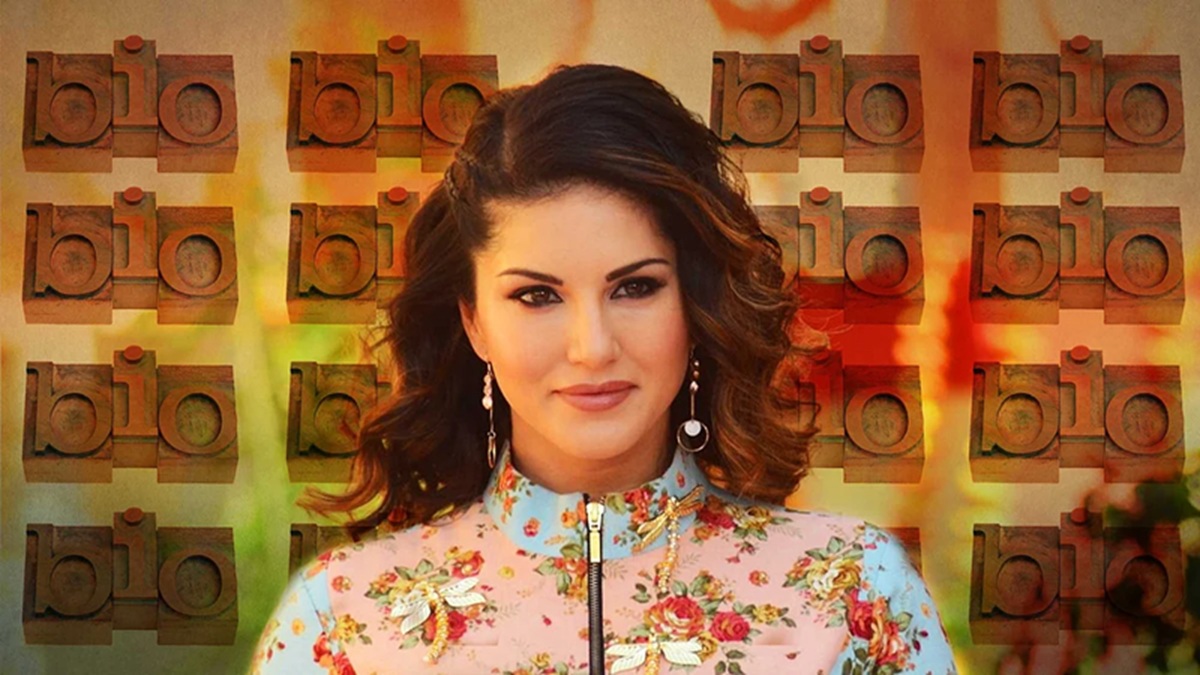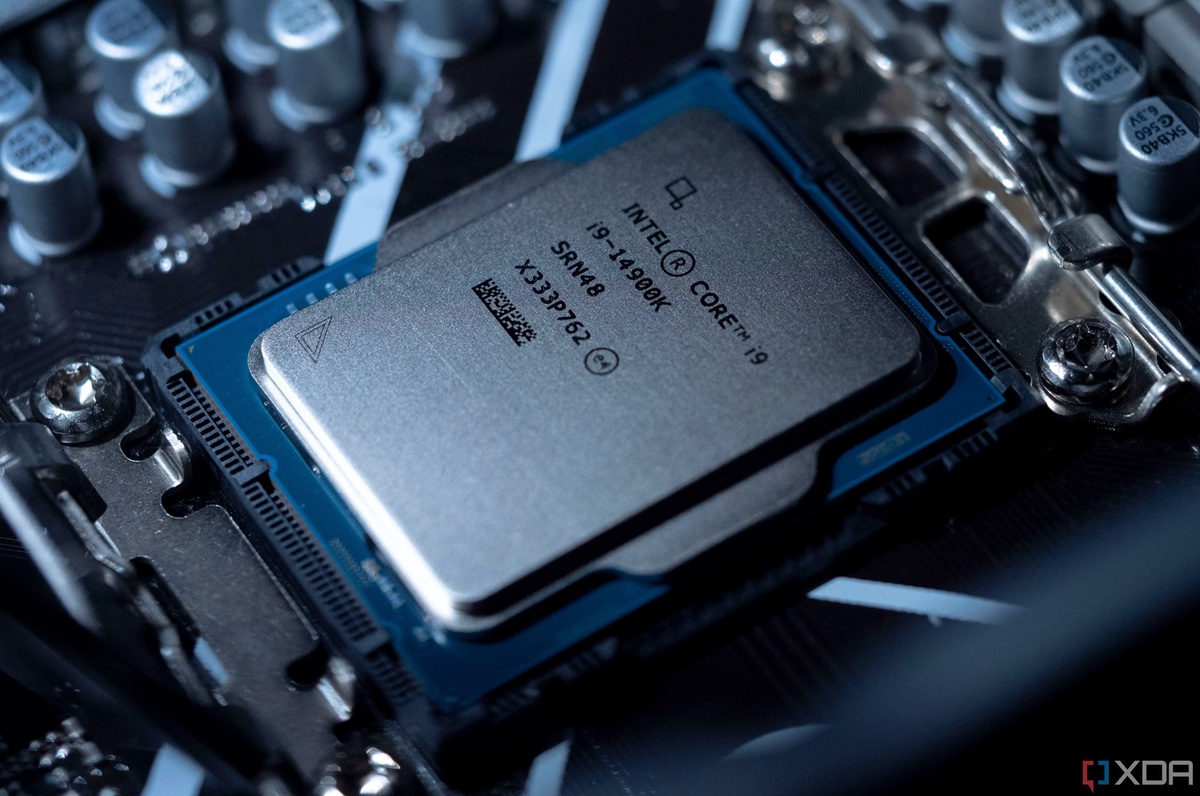Introduction: Hans Albert Einstein
When people pay attention to the decision of Einstein, they immediately take into account Albert Einstein, the arena-famous physicist who revolutionized technology alongside his idea of relativity. However, only a few apprehend approximately his further brilliant son, Hans Albert Einstein — someone who carved his very own course as a global-renowned engineer and scientist in hydraulics and sediment delivery.
Hans Albert changed into now not simply the son of a genius; he ended up a genius in his private right. He proved that authentic greatness can come no longer simplest from theoretical ideas but additionally from practical engineering and clinical application. This unique article explores his journey from a curious infant in Switzerland to a reputable professor inside the United States, his professional achievements, his private life, and the legacy he left at the back of.
Early Life and Background
Birth and Family Origins
Hans Albert Einstein was born on May 14, 1904, in Bern, Switzerland. He was the first son of the mythical physicist Albert Einstein and Mileva Marić, a Serbian mathematician and scientist. He grew up in a family surrounded with the aid of discussions about technological understanding, arithmetic, and philosophy.
However, Hans’s early formative years weren’t clean. His dad and mom had a troubled marriage, and their eventual separation deeply affected him. Despite the one’s emotional challenges, he inherited his mother and father’ intellectual interest and situation.
Education and Academic Journey
Growing Up in Zurich
After his parents separated in 1914, Hans lived with his mother in Zurich, Switzerland. He attended close by colleges and confirmed an early hobby in mathematics, physics, and trouble-solving. Like his father, he ended up analytical, however now not like Albert, Hans cherished strolling with bodily systems instead of summary theories.
ETH Zurich – The Start of an Engineering Career
Hans found in his father’s instructional footsteps and attended the Swiss Federal Institute of Technology (ETH Zurich). In 1926, he graduated with a degree in Civil Engineering. His understanding and self-discipline quickly made him one of the most promising young engineers in Europe.
He later earned his Doctorate in Technical Science (Ph.D.) in 1936. His doctoral thesis centered at the transportation of sediment in river systems, a groundbreaking work that later became the inspiration of modern hydraulic engineering.
Early Career in Europe
Entering the Engineering Field
After finishing his studies, Hans Albert started out running in Germany as a structural engineer. He designed bridges, dams, and hydraulic structures. His paintings modified into characterized via precision and innovation, characteristics that made him stand out in an aggressive subject.
Challenges in Pre-War Europe
The 1930s had been a tough time in Europe. With the upward push of political instability and developing discrimination toward Jewish households, Hans Albert faced the venture of locating a safe and solid career surroundings. In 1938, he made an existence-changing selection — to emigrate to the USA, in which he may build his best legacy.
Life in the United States
New Beginnings
After arriving inside the U.S., Hans Albert joined the U.S. Department of Agriculture (USDA) as a research engineer. There, he labored on sediment shipping in open channels, growing mathematical fashions to count on how water currents circulate sediment — an essential hassle in designing rivers, dams, and irrigation systems.
His landmark take a look at, “The Bed-Load Function for Sediment Transportation in Open Channel Flows,” posted in 1950, has turned out to be a cornerstone of present day hydraulic engineering.
Academic Career at the University of California, Berkeley
Hans Albert’s academic adventure reached its top whilst he joined the University of California, Berkeley, as a professor of hydraulic engineering in 1947. At Berkeley, he knowledgeable thousands of college students and achieved pioneering research in fluid dynamics and sediment drift.
He remained at the college for over two and a few years, influencing generations of engineers and scientists.
Major Scientific Contributions
Pioneering Work in Sediment Transport
Hans Albert’s research converted the information of how rivers bring and deposit sediments. His “Einstein Bed-Load Equation” stays used globally to version sediment motion in rivers and channels.
This work has become vital in river management, dam creation, flood manipulation, and soil conservation.
Bridge Between Theory and Practice
Unlike his father, who has become mentioned for theoretical discoveries, Hans Albert modified into a person of sensible technological information. He mixed mathematical equations with actual-global engineering packages, proving that carried out studies may want to clear up pressing environmental and business issues.
Personal Life and Relationships
Marriage and Family
In 1927, Hans Albert married Frieda Knecht, a trainer and constant accomplice who supported him at some stage in his early career. Together they had 4 children, even though tragedy struck a couple of instances.
| Child Name | Birth–Death | Details |
|---|---|---|
| Bernhard Caesar Einstein | 1930–2008 | Became an engineer and physicist like his father. |
| Klaus Martin Einstein | 1932–1939 | Died of diphtheria at age six. |
| David Einstein | 1939 | Passed away shortly after birth. |
| Evelyn Einstein (Adopted) | 1941–2011 | Raised as Hans Albert’s daughter, active in education and arts. |
Frieda died in 1958, which deeply affected Hans Albert. A 365 days later, he remarried Elizabeth Roboz, a neurochemist, and they remained together until his dying.
Relationship with His Father, Albert Einstein
Despite the affection among father and son, their courting had moments of strain. Albert Einstein disapproved of Hans’s choice to end up an engineer, believing it changed into too “sensible” and lacked scientific depth. However, through the years, Albert grew thrilled with Hans’s accomplishments.
Letters amongst them display mutual admiration, shared curiosity, and low disagreements about technological knowledge and existence. Hans Albert once said that he favored his father deeply however desired to “create his personal identity faraway from the shadow of genius.”
Awards, Honors, and Recognition
| Award / Recognition | Year | Significance |
|---|---|---|
| USDA Technical Bulletin (Bed-Load Function) | 1950 | Revolutionized hydraulic engineering studies. |
| Professorship at UC Berkeley | 1947 | Acknowledged for his excellence in teaching and research. |
| Hans Albert Einstein Award (ASCE) | Established in 1988 | Honors engineers contributing to sediment transport research. |
| Memorial at Berkeley | Posthumous | Recognized as a teacher devoted to students, music, and nature. |
Even a long term after his loss of life, his research is still referenced in educational journals and civil engineering handbooks internationally.
Personal Traits and Hobbies
Hans Albert Einstein modified into acknowledged for his humility, precision, and curiosity. Despite being the son of a global icon, he in no way sought recognition. He loved song, performed the flute, and cherished cruising in the course of his free time. He additionally had an ardour for images and frequently advanced his non-public film slides.
He changed into deeply dedicated to his students and often recommended them to aggregate creativity with an unusual feel. His colleagues remembered him as “someone devoted to technological understanding, nature, and studying.”
Later Years and Death
Hans Albert Einstein persisted coaching and mastering at Berkeley till his retirement in 1971. Even after retirement, he stayed active in educational circles, reviewing papers and guiding younger engineers.
He passed away on July 26, 1973, in Woods Hole, Massachusetts, because of heart failure. He modified it into a 69 years antique. His ashes had been scattered within the sea, symbolizing his lifelong connection with water.
Timeline of Major Life Events
| Year | Event |
|---|---|
| 1904 | Born in Bern, Switzerland |
| 1926 | Graduated in Civil Engineering from ETH Zurich |
| 1927 | Married Frieda Knecht |
| 1936 | Completed Doctorate on Sediment Transport |
| 1938 | Emigrated to the United States |
| 1947 | Became Professor at UC Berkeley |
| 1950 | Published Bed-Load Function Research |
| 1958 | Death of Frieda Knecht |
| 1959 | Married Elizabeth Roboz |
| 1971 | Retired from Berkeley |
| 1973 | Passed away in Woods Hole, Massachusetts |
Hans Albert Einstein’s Legacy
Hans Albert Einstein left inside the lower back of a legacy no longer of reputation, but of enduring clinical contribution. His work stays the inspiration of current hydraulic and civil engineering. Through his research, he helped shape how engineers manipulate rivers, dams, and sedimentation — making human lifestyles safer and greater sustainable.
His existence reminds us that now not all exquisite minds are trying to find the spotlight. Some, like Hans Albert, quietly construct the frameworks upon which others stand.
FAQs About Hans Albert Einstein
Q1. Who modified into Hans Albert Einstein?
Hans Albert Einstein was the son of Albert Einstein and Mileva Marić, recognised for his groundbreaking research in hydraulic engineering and sediment transport.
Q2. What did Hans Albert Einstein have a look at?
He studied Civil Engineering at ETH Zurich and earned a doctorate in Technical Science that specialized in river sediment delivery.
Q3. What has become Hans Albert Einstein’s greatest invention?
His Bed-Load Function, a device predicting how sediment moves in open channels, remains an essential tool in river and dam engineering.
Q4. Where were Hans Albert Einstein paintings?
He worked at the U.S. Department of Agriculture and later became a Professor at the University of California, Berkeley.
Q5. Did Hans Albert Einstein get hold of awards?
Yes. The Hans Albert Einstein Award, named in his honor via the American Society of Civil Engineers, celebrates extremely good contributions to hydraulic engineering.
Conclusion
Hans Albert Einstein’s lifestyle story is a testament to the electricity of persistence, humility, and independent perception. Despite being born right into a family of genius, he in no way allowed fame to define his cause. Instead, he pursued a field that served humanity right now — engineering — and changed it for all time.
He proved that proper brilliance doesn’t constantly make headlines. Sometimes, it lies in quietly reworking the sector, one scientific gadget at a time.
Hans Albert Einstein’s name stays an image of dedication, thoughts, and modest genius — a legacy that keeps encouraging engineers and dreamers throughout the globe.
Disclaimer
The information provided in this article about Hans Albert Einstein is for educational and informational purposes only. While every effort has been made to ensure accuracy, some details may vary based on different sources. Readers are advised to verify facts independently before drawing any conclusions or making interpretations.









